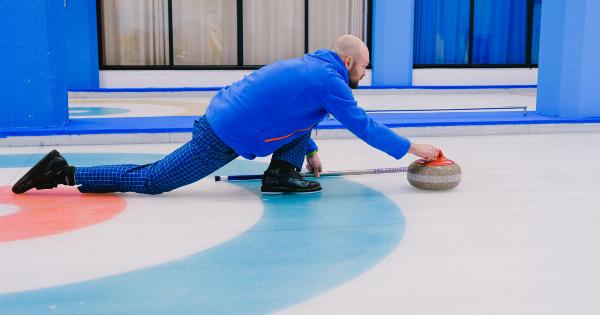The anterior cruciate ligament (ACL) is one of the four main ligaments that provide stability to the knee joint.
Located inside the knee, the ACL connects the thighbone (femur) to the shinbone (tibia) and plays a crucial role in maintaining the knee’s stability during movement.
Causes of ACL Injuries
ACL injuries are commonly caused by sudden and forceful movements, most often during sports activities. The following factors can increase the risk of sustaining an ACL injury:.
- Changing direction rapidly
- Stopping suddenly
- Landing incorrectly from a jump
- Direct blow or collision to the knee
- Using improper landing techniques
- Weak muscles around the knee joint
Symptoms of ACL Injuries
When an ACL injury occurs, individuals may experience the following symptoms:.
- Audible “pop” sound at the time of injury
- Severe pain and swelling
- Feeling of instability in the knee
- Inability to bear weight on the affected leg
- Restricted range of motion
Diagnosing an ACL Injury
If you suspect an ACL injury, it is essential to seek medical evaluation for an accurate diagnosis. A healthcare professional will typically perform a thorough physical examination of the knee and may order additional tests, such as:.
- Magnetic Resonance Imaging (MRI)
- X-rays
- Ultrasound
Treatment Options for ACL Injuries
The treatment for an ACL injury depends on various factors, such as the severity of the injury, the individual’s activity level, age, and overall health. Common treatment options include:.
- Conservative Treatment: This option involves physical therapy, exercises, and bracing to stabilize the knee.
- Surgical Reconstruction: In severe cases or for individuals with high activity levels, surgery may be recommended to repair or reconstruct the torn ACL.
Recovery and Rehabilitation
Recovering from an ACL injury requires comprehensive rehabilitation to regain strength, stability, and mobility in the knee joint. The rehabilitation program typically includes:.
- Physical therapy exercises to strengthen the muscles around the knee
- Range of motion exercises
- Balance and proprioception training
- Gradual return to sports and activities
Preventing ACL Injuries
Although ACL injuries cannot be entirely prevented, certain measures can reduce the risk of injury:.
- Performing warm-up exercises before physical activity
- Using proper techniques and form during sports
- Wearing appropriate protective gear
- Conditioning and strengthening exercises for the lower body
Complications and Long-Term Outlook
ACL injuries, if left untreated or inadequately rehabilitated, can lead to long-term complications such as:.
- Recurrent instability in the knee joint
- Chronic knee pain
- Accelerated wear and tear of other knee structures
- Increased risk of developing osteoarthritis in the knee
Conclusion
An ACL injury is a common knee injury, often occurring during sports activities or sudden movements. Proper diagnosis, treatment, and rehabilitation are essential for a successful recovery.
By understanding the causes, symptoms, treatment options, and prevention strategies, individuals can take necessary precautions and minimize the risk of ACL injuries.
























